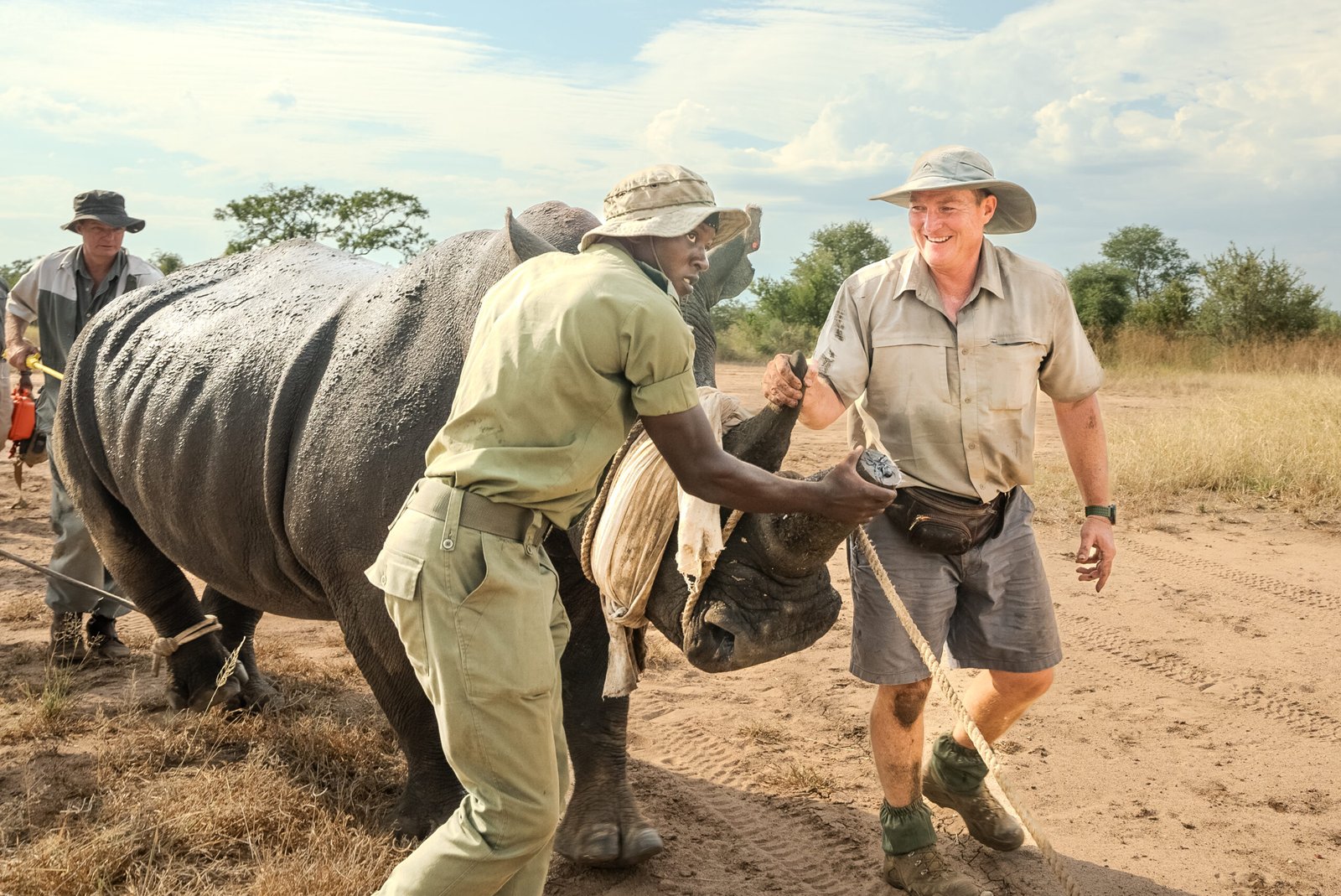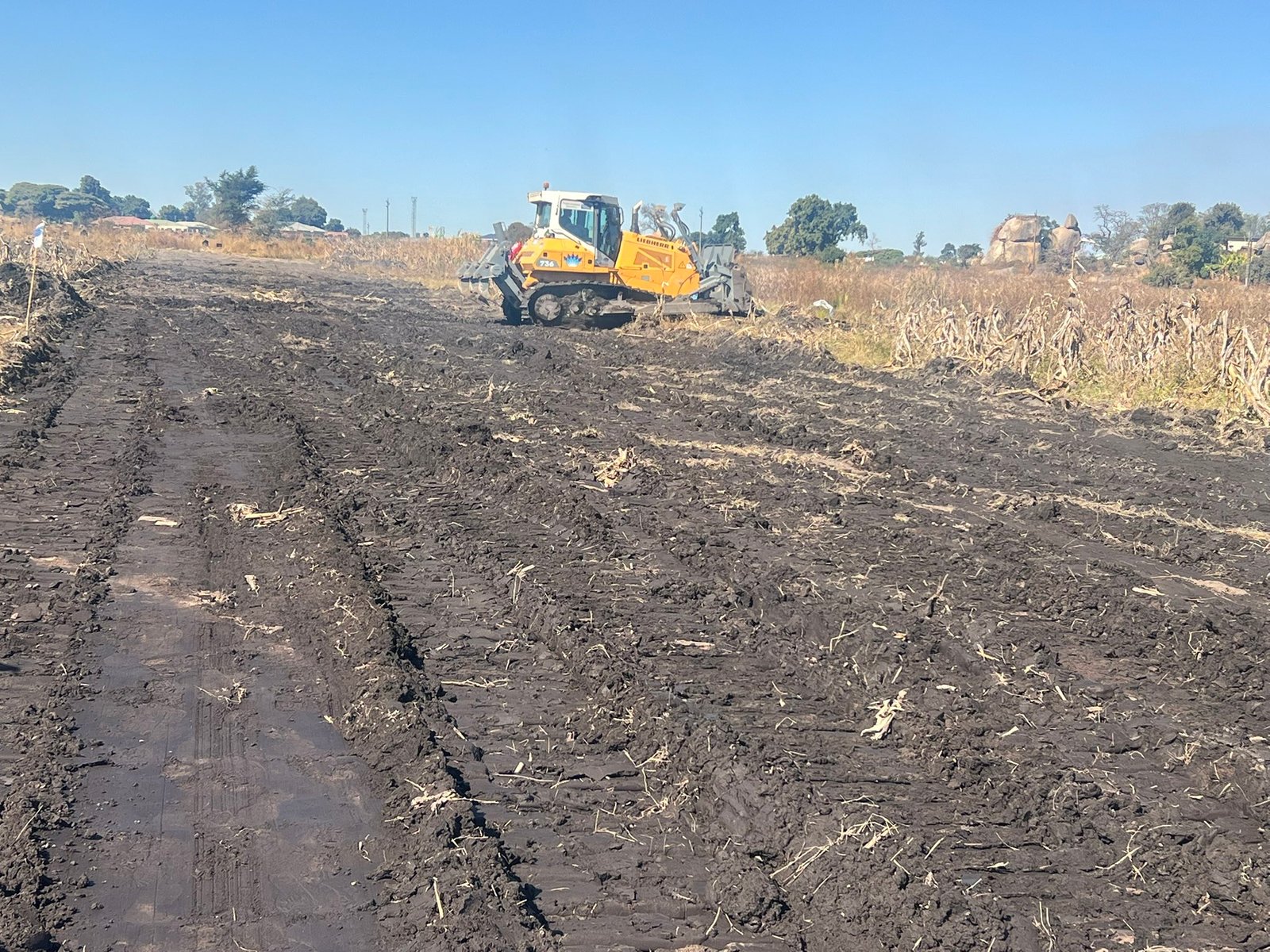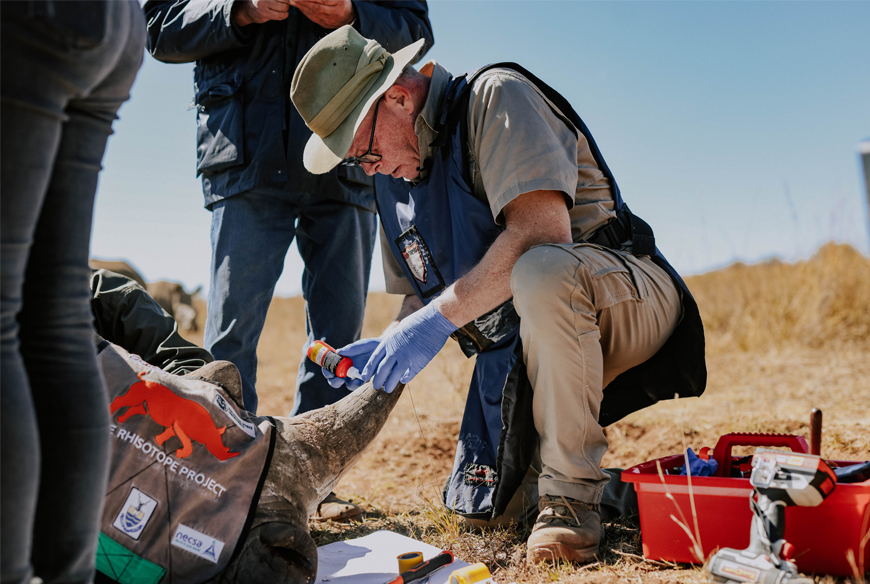The thundering footsteps of white rhinos once again echo across Gonarezhou National Park, marking the species’ return to the area after more than 100 years.
The five southern white rhinos, all sourced from the privately run Malilangwe Trust, were relocated to Gonarezhou between April and May this year as part of an effort to re-establish a viable white rhino population in the region.
“The goal of the reintroduction was to restore an element of biodiversity long-lost to the ecosystem while at the same time establishing a new, viable metapopulation of white rhino and creating a future for white rhinos in Zimbabwe’s second largest national park,” reads part of the statement from Gonarezhou Conservation Trust.
White rhinos, once native to the Gonarezhou region, are believed to have disappeared from the park in the early 1900s. While isolated sightings continued into the 1990s, no established population remained.
“Although there were isolated records of individual white rhino in Gonarezhou up to 1992, the last viable population of white rhino in Gonarezhou likely dates back to the early 1900’s, before the species was completely extirpated from Zimbabwe.”
“Reintroductions of white rhino back to Zimbabwe began in the second half of the 20th century from KwaZulu-Natal, South Africa. However, unlike the black rhino, no known attempt was made to reestablish a viable population of white rhino in Gonarezhou until now, making this reintroduction all the more significant,” reads the statement.
The relocation follows the 2021 reintroduction of black rhinos to the park and builds on infrastructure developed for that project. Planning for the white rhino reintroduction began in 2023, with feasibility studies conducted to assess habitat suitability, security requirements, and long-term monitoring protocols.
The five rhinos were selected based on social compatibility, age, and sex. After immobilization and transport, the animals were held temporarily in fenced acclimatization pens before their release into secure zones within the park.
The GCT, a joint venture between the Zimbabwe Parks and Wildlife Management Authority and the Frankfurt Zoological Society, worked in partnership with veterinarians, ecologists, and logistical teams from the Malilangwe Trust. Funding and technical support were provided by international and local donors.
The trust announced that the return of white rhinos to Gonarezhou is a historic milestone and the start of a new phase for both the species and the park.
“The return of white rhinos to Gonarezhou is a historic milestone, but it is only the beginning. Their release back into this wilderness marks the start of the next phase of the journey for them and Gonarezhou. Ensuring their protection and long-term survival will remain a key focus through ongoing intensive monitoring and security, collaboration with partners and the public.”
Southern white rhinos (Ceratotherium simum simum) are classified as Near Threatened by the International Union for Conservation of Nature (IUCN), with an estimated global population of around 13,000. The species faces ongoing threats from poaching and habitat loss, particularly in southern Africa.
To safeguard the animals, Gonarezhou has increased security measures including ranger patrols, aerial surveillance, and real-time tracking technology. The park, Zimbabwe’s second-largest, spans over 5,000 square kilometres and borders Mozambique and South Africa.
White rhinos are the second-largest land mammal and their name comes from the Afrikaan’s, a West Germanic language, word “weit” which means wide and refers to the animal’s mouth. Also known as the square-lipped rhinoceros, white rhinos have a square upper lip with almost no hair.
Two genetically different subspecies exist, the northern and southern white rhino, and are found in two different regions in Africa. As of March 2018, there are only two rhinos of the northern white rhino left, both of which are female. They live in the Ol Pejeta Conservancy in Kenya and are protected round-the-clock by armed guards.





